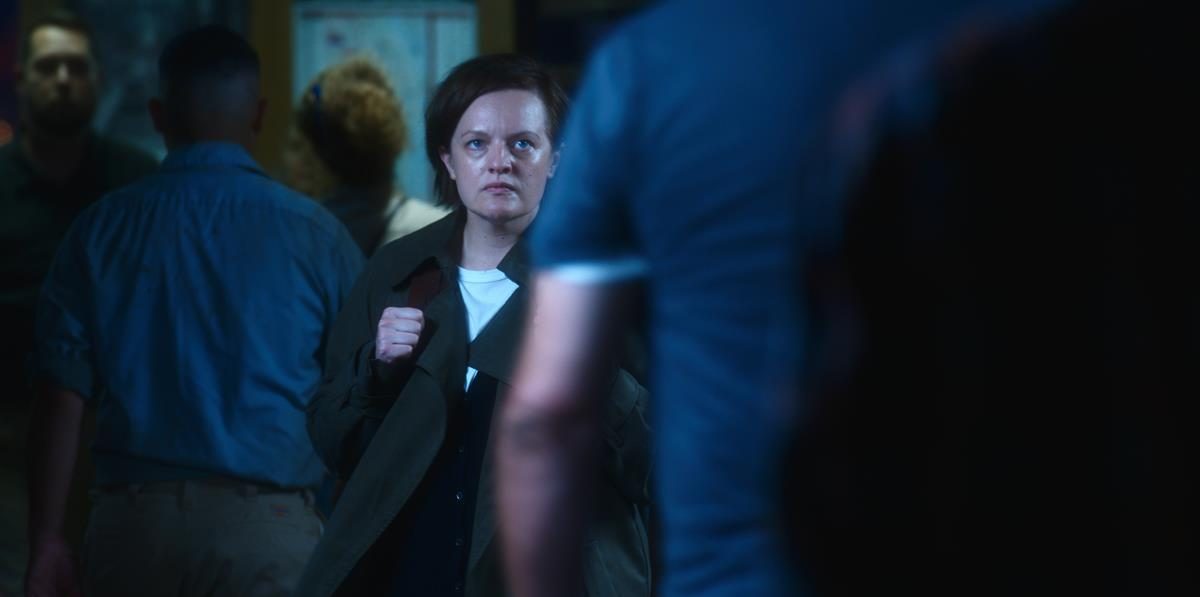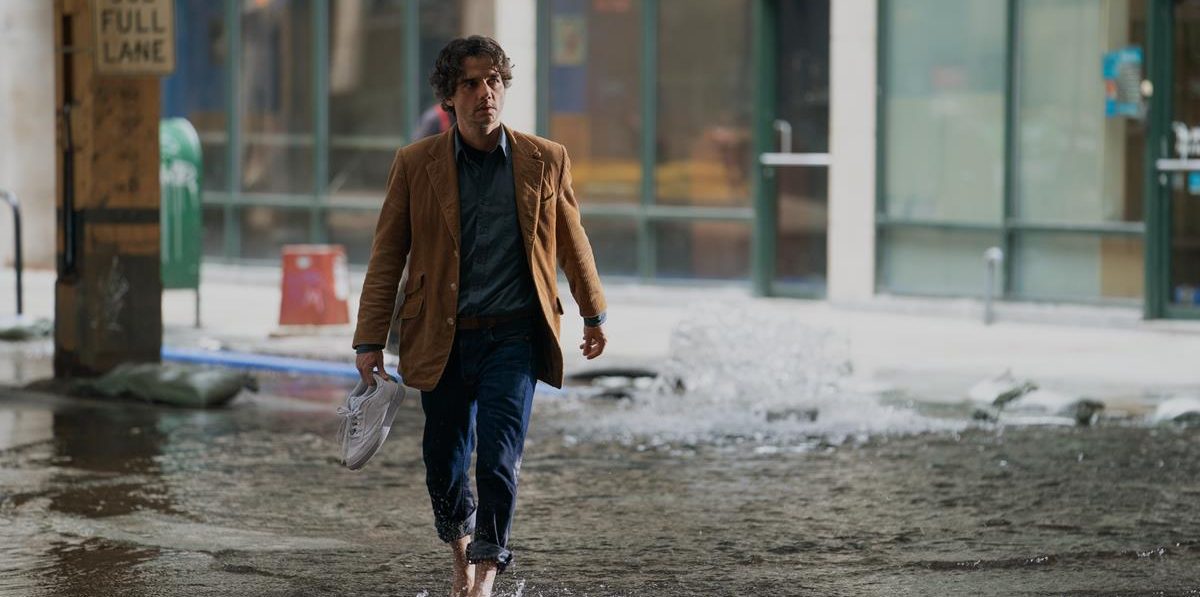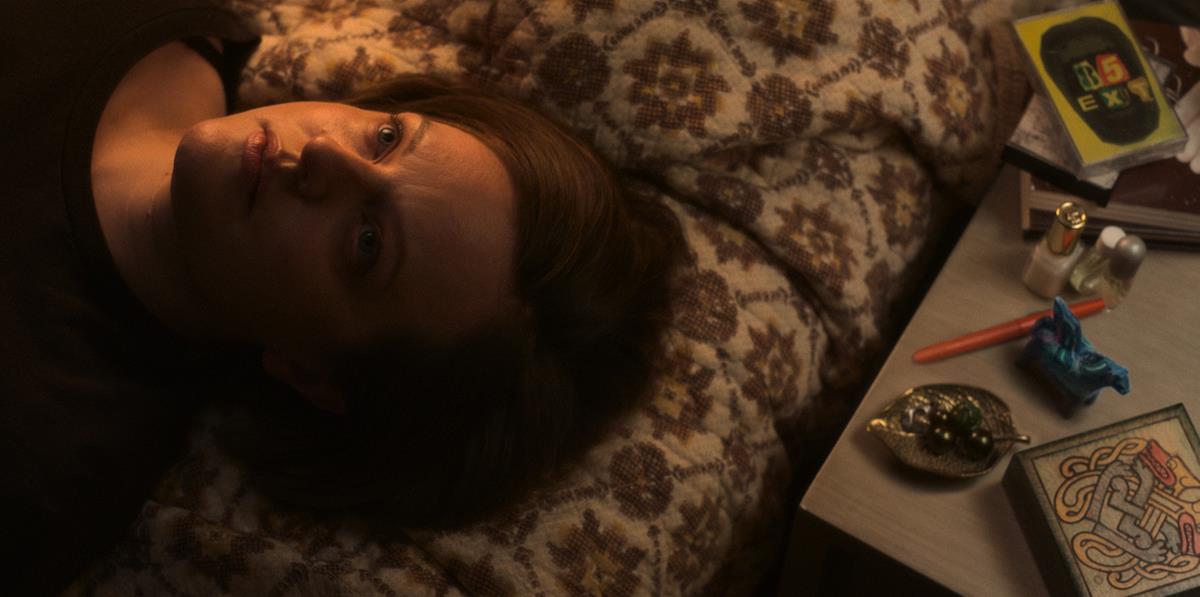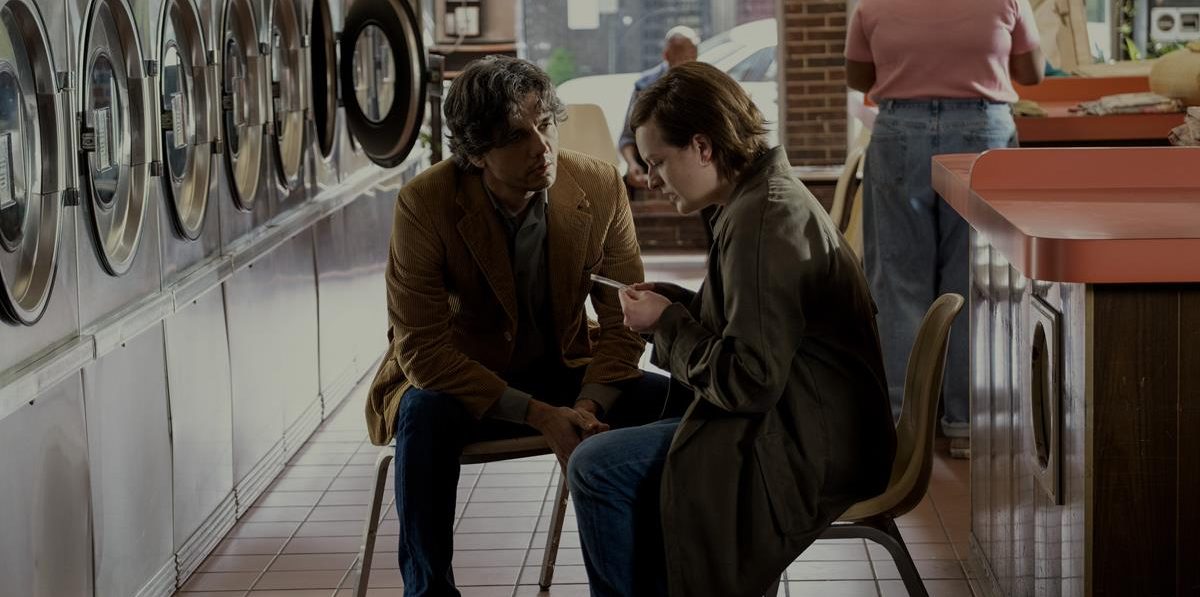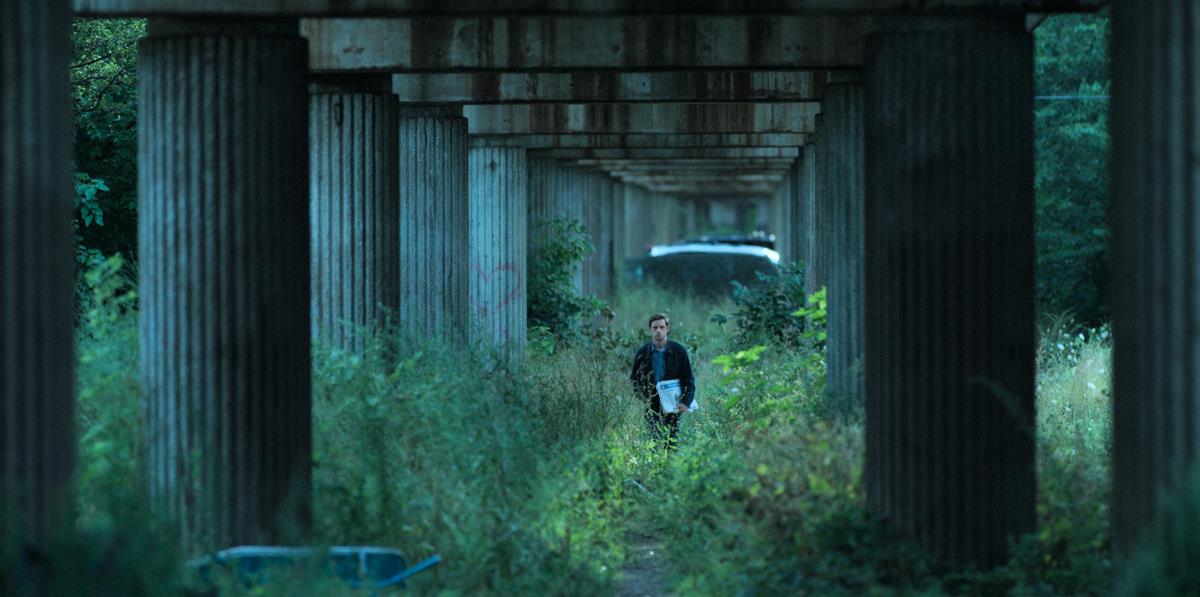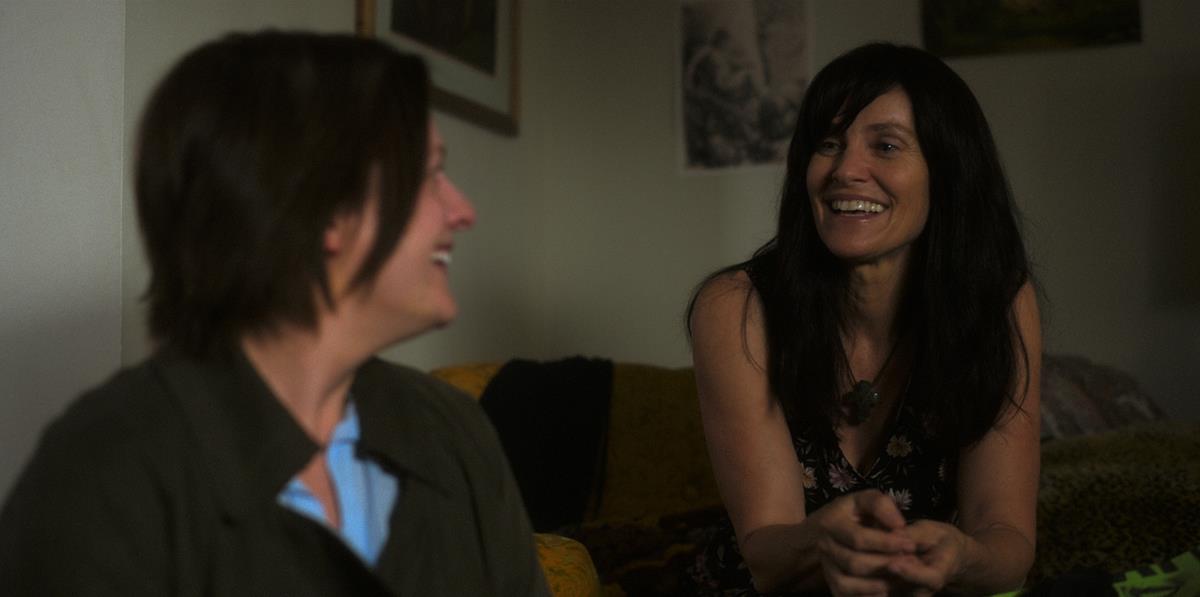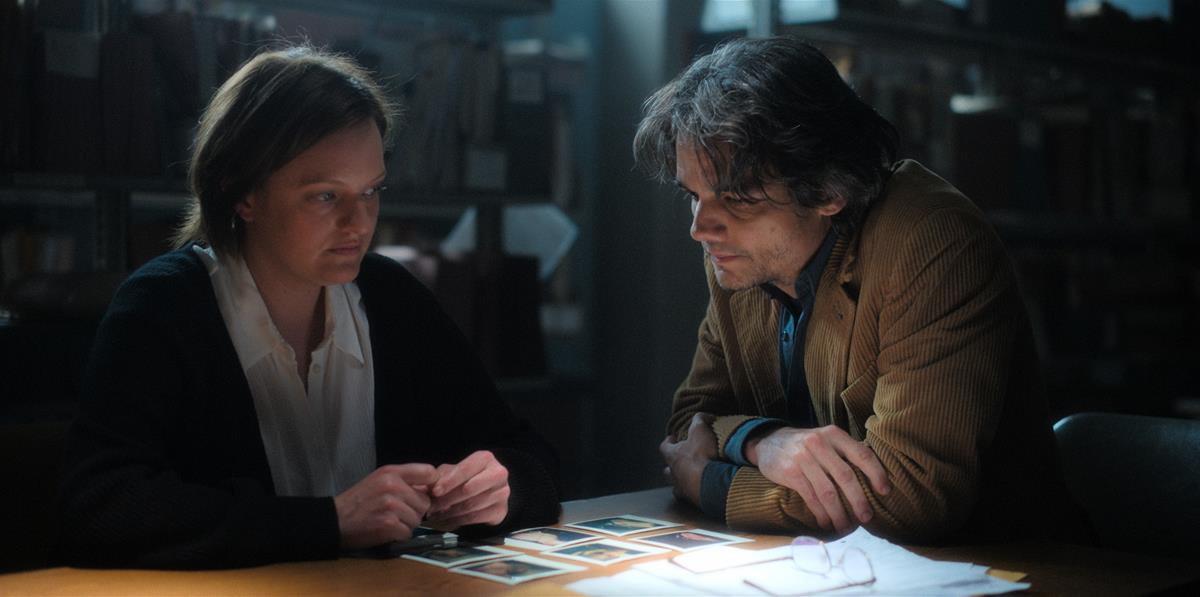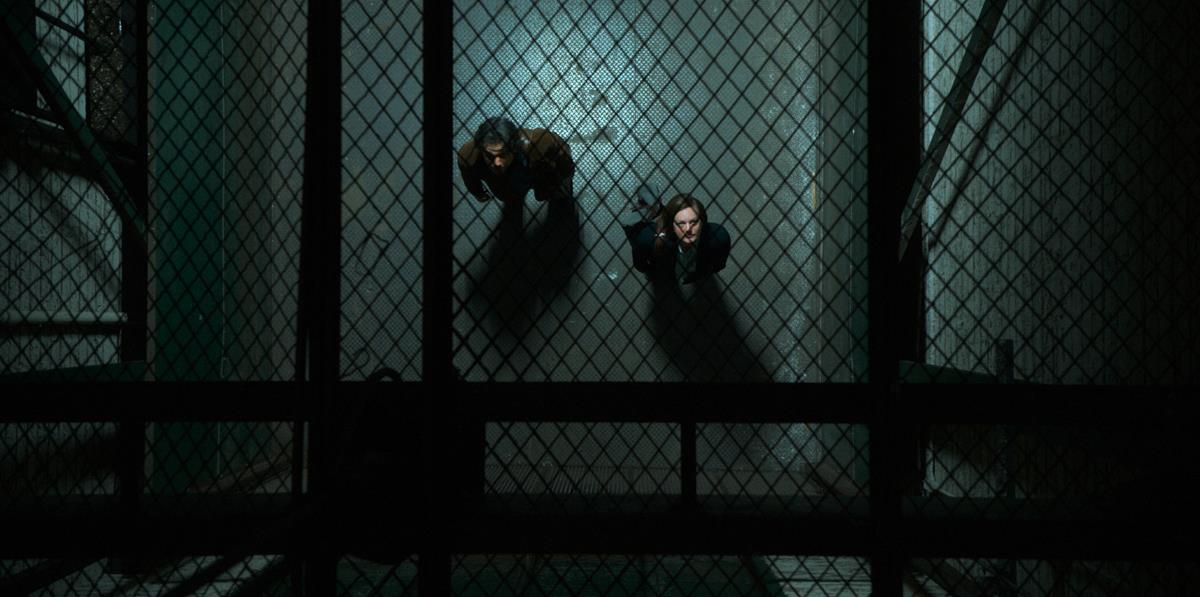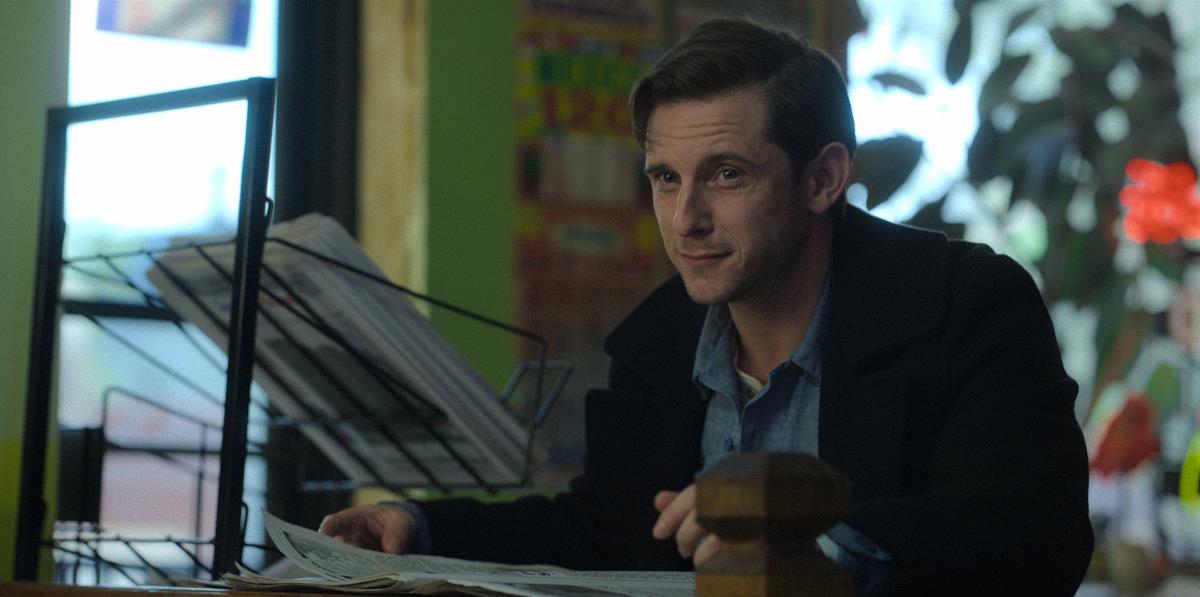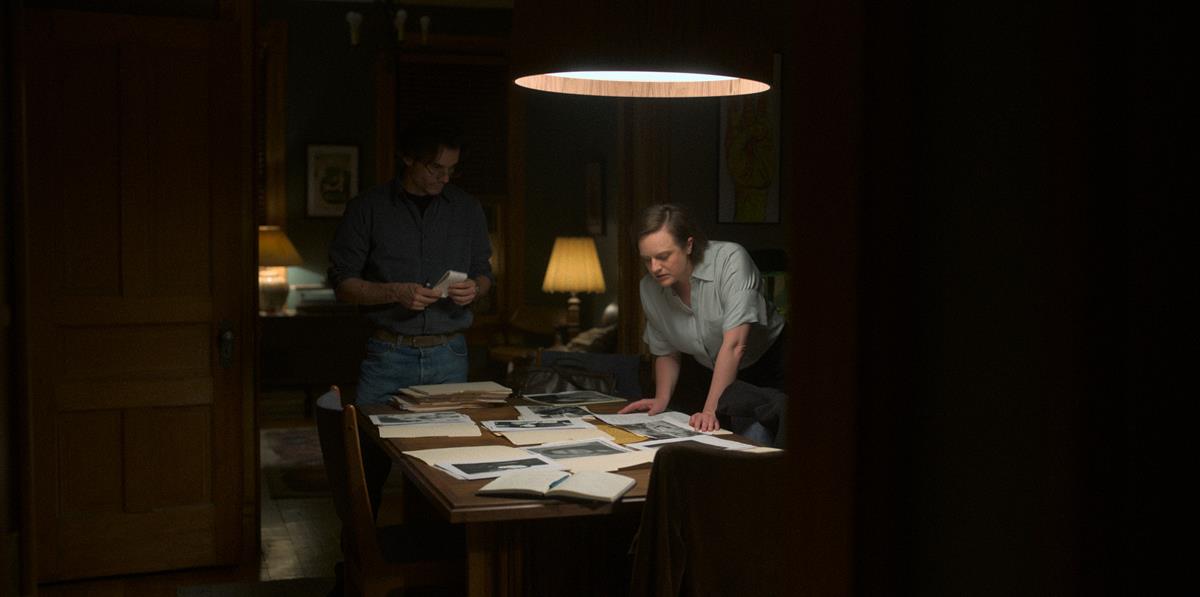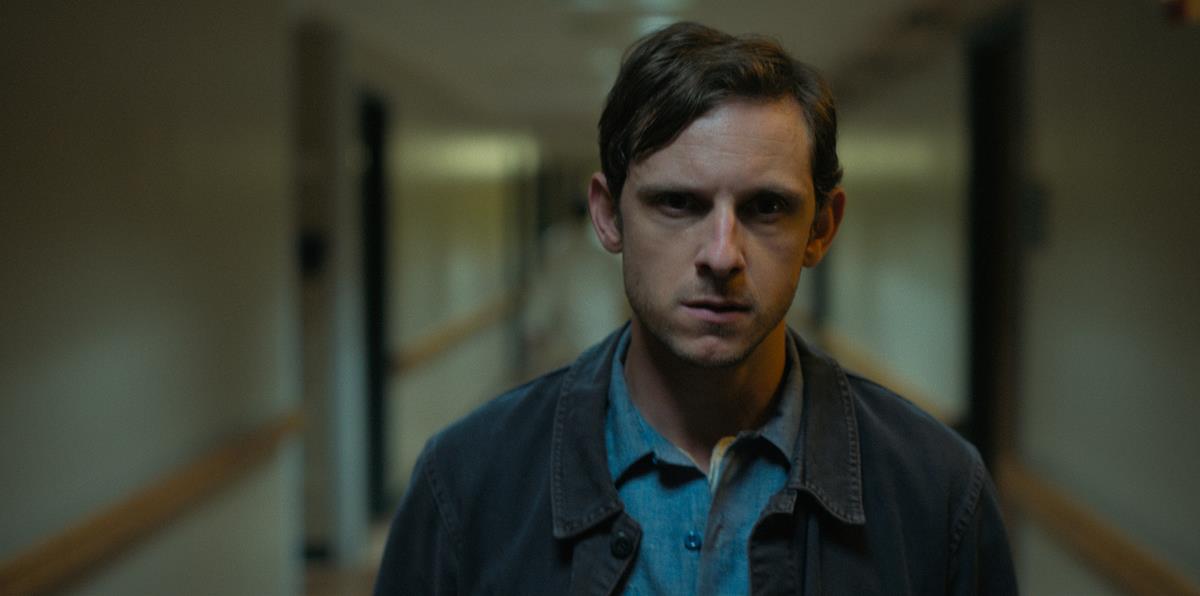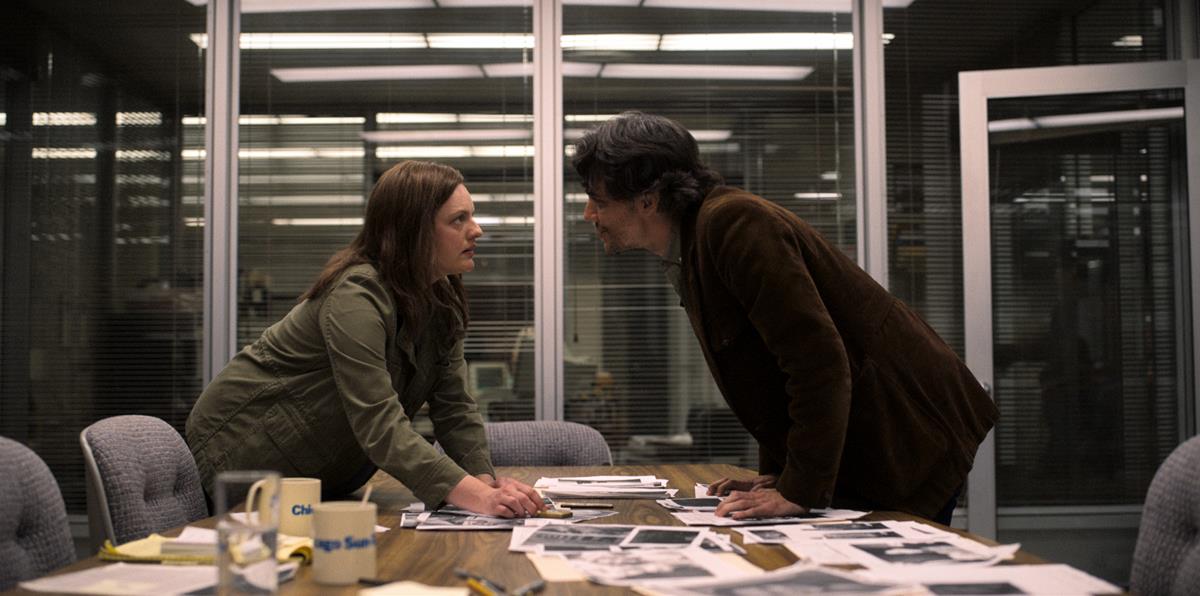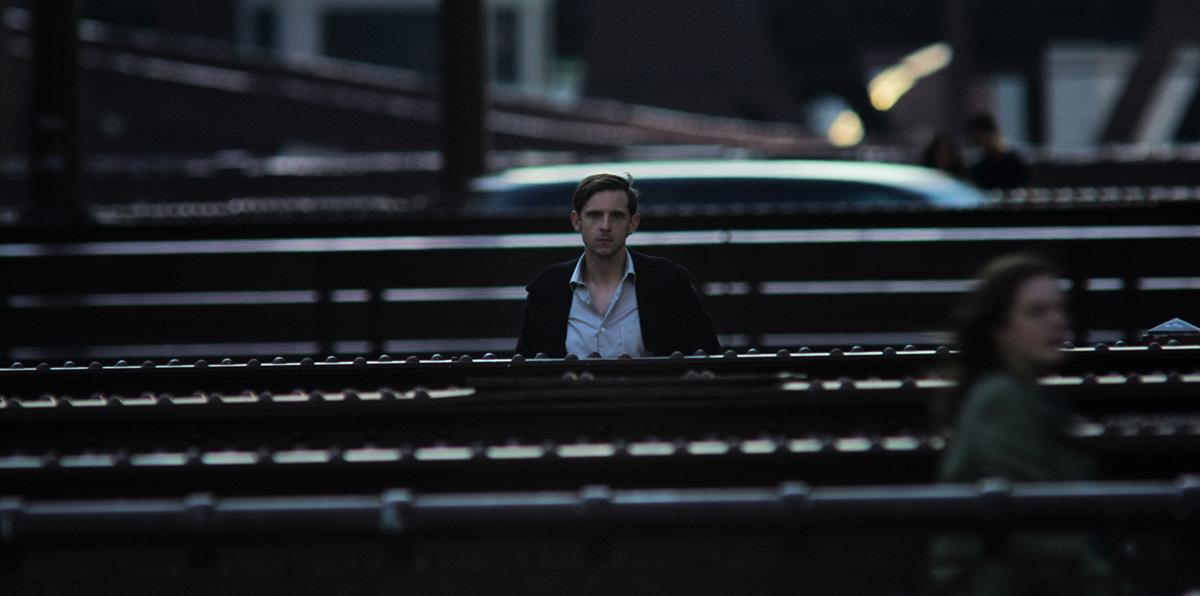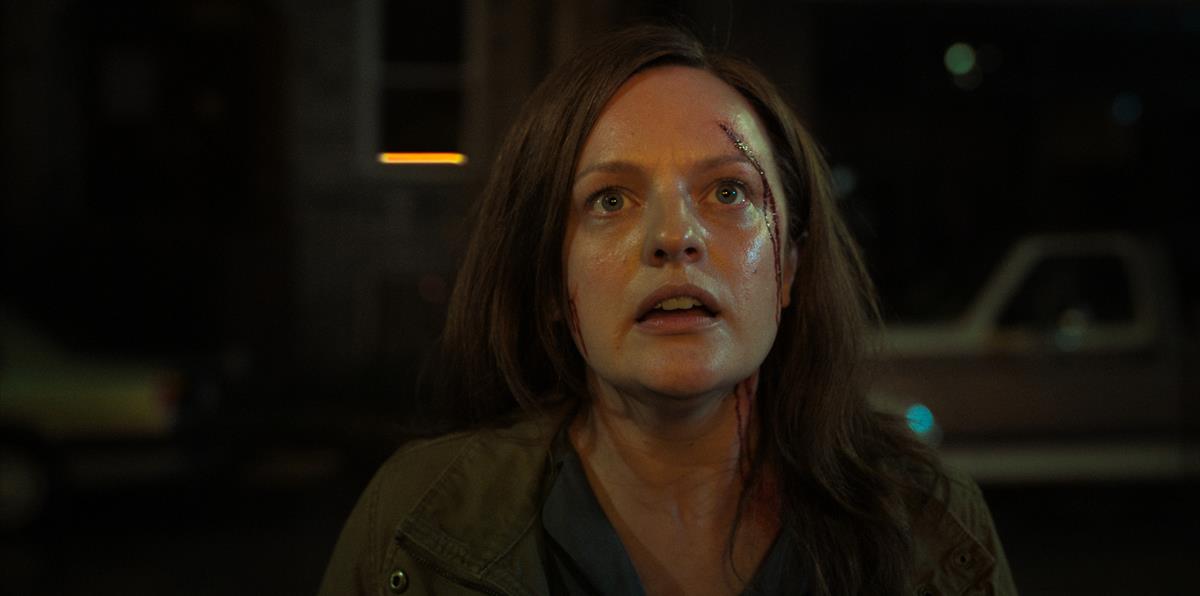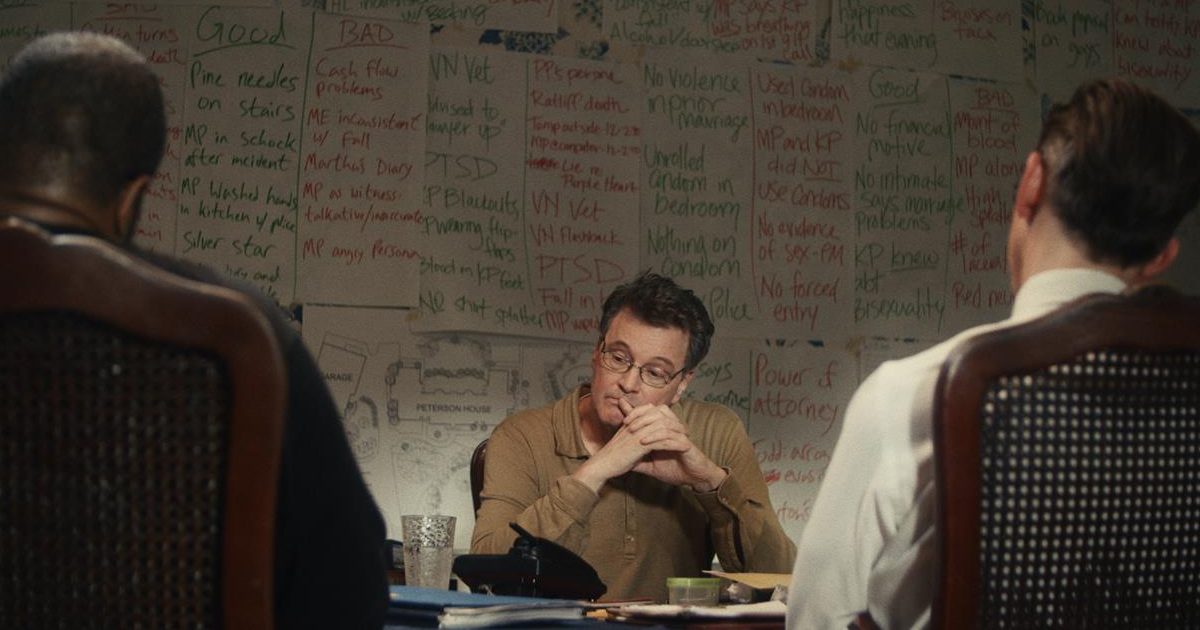
Murder mystery shows are a TV and streaming staple, so it takes something special to stand out.
Mare of Easttown, for example, wasn’t so much interested in whodunnit as an in-depth character study of depression and trauma. New Apple TV+ drama Shining Girls has a similar approach — a traumatized woman on the hunt for the man who assaulted her — but flips the switch by making her an unreliable narrator.

Showrunner Silka Luisa adapted the series from the novel by Lauren Beukes and changed its structure if not it themes or genre-mash-up.
“[The book] stood out to me because it was a blend of genres,” Luisa explains to Creative Screenwriting. “It had serial killer, cold case, science fiction and mystery elements to it which made it so unique.
“I changed the structure of the novel which was split between the perpetrator Harper (Jamie Bell) and multiple female victims’ points of view – Each chapter in the novel was told from a different woman’s point of view.” Instead, Luisa was captivated by the distinct character of Kirby Mazrachi, “who was a survivor, both vulnerable and scared, but also moving forward with her life,” so she focused on her subjective viewpoint for the TV series.
READ MORE: “Authentic, Bespoke, Propulsive” TV Writer Silka Luisa On ‘Shining Girls’ (Creative Screenwriting)
The sci-fi part, and where the unreliable narrator comes in, is that Kirby (played by Elisabeth Moss, who also exec produces) appears to shift her perception of reality. Her memory is unreliable. She writes basic facts down in a diary, a bit like Memento. What has happened to Kirby, in fact, not the mechanics of finding the serial killer (who the audience knows is Jamie Bell’s Harper in the first few minutes) is the mystery at the heart of this show.
It’s a bold choice but Luisa is confident enough in the performances and the mystery to withhold the answers much longer than you’d expect.
“For me, because you know who Harper is from the very beginning, that is not the mystery that you’re tracking. The mystery that you’re tracking is: Why is Kirby’s reality changing, and how is it connected to these murders?” she tells SlashFilm. “And a big part of writing the season was really understanding, ‘Okay, how much per each episode are we going to figure out? How long can you hold it where it’s exciting? Where does it become confusing?’ Navigating that clarity was definitely one of the challenges of the show.”
READ MORE: Shining Girls Showrunner Silka Luisa Wants To Keep You Guessing [Interview] (SlashFilm)
Some of this only became apparent in the edit where techniques like staying in a shot a little longer or cutting a couple of lines of dialogue can calibrate the suspense in such a fine-tuned way.
“How much are you going to know? It’s different for every audience member. There’s certain people who love to try and figure it out and anticipate. There’s others who just want to be along for the ride. I think we try to strike a balance where, for both kinds of viewers, it’s still going to be a fun show to watch.”
NOW STREAMING — BEHIND THE SCENES OF FAN-FAVORITE SERIES:
As the streaming wars rage on, consumers continue to be the clear winners with an abundance of series ripe for binging. See how your favorite episodics and limited series were brought to the screen with these hand-picked articles plucked from the NAB Amplify archives:
- “Severance:” Now, About Solving the Work/Life Balance…
- Entering “The Gilded Age”
- Class Is Definitely Not In Session: The Horror Delights of “All of Us Are Dead”
- “The Dropout” Is a Slow-Motion Car Crash (and We Can’t Look Away)
- The (Unavoidable) Universal Appeal of “Squid Game” Is By Design
The show’s authenticity is aided by background research of what it was like to work at the Chicago Sun-Times (Kirby is a newspaper archivist who wears a Walkman while pulling out newspaper cuttings).
The ‘90s the nineties period itself (which is in vogue thanks to shows like Yellowjackets) “is recreated through crinkling papers, greasy diners, and rickety cars. Chicago’s red iron bridges, lakeside beaches,” says IndieWire.
IndieWire also singles out the direction of Emmy-winner Michelle MacLaren who balances Kirby’s fractured perspective in a number of shrewd ways. For one, Kirby becomes more and more discerning as she investigates her assailant.
“When a recent murder mirrors what happened to her, the cops call Kirby in to identify a suspect. Only Kirby doesn’t remember him. All she remembers is what it felt like and his voice. It’s not much to go on, but her colleague at the Sun-Times, Dan Velazquez (a magnificently disheveled Wagner Moura), is determined to keep digging. Soon enough, they’re working as a team, trying to connect the dots between cases.”


